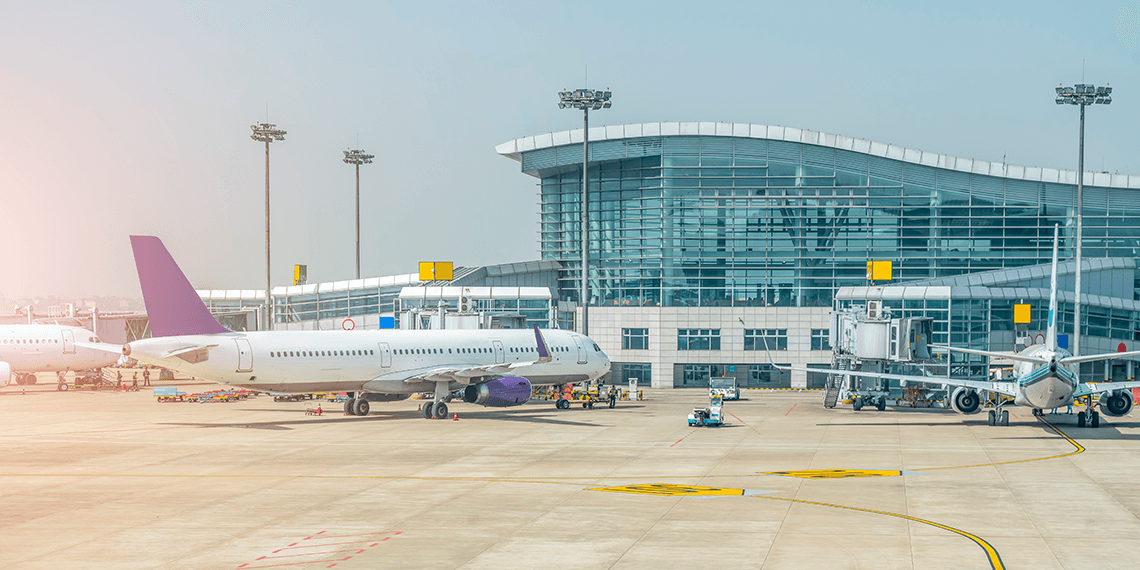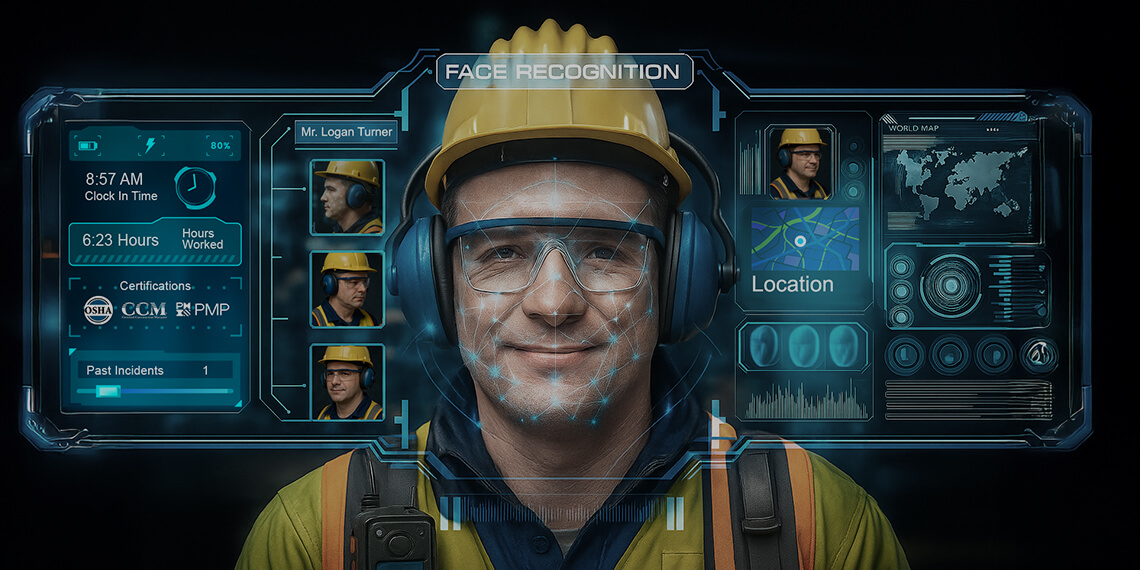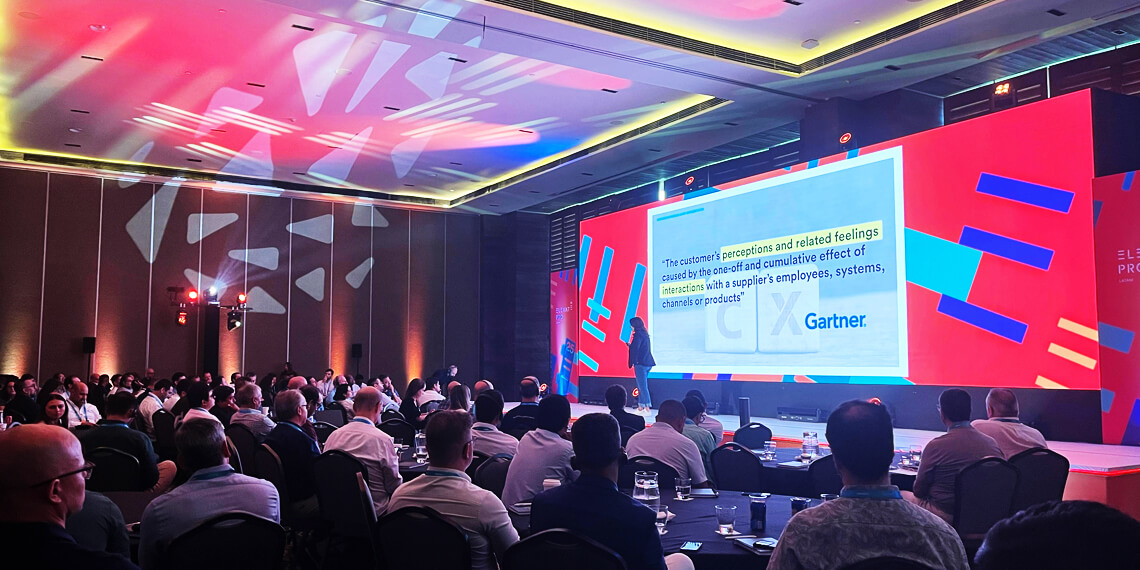Airports are some of the busiest and most challenging environments, where security and efficiency are tested every minute. A hive of activity 24/7 hours a day all year round, they’re filled with passengers, airport staff, TSA officials, vendors, airline employees, ground transportation teams, third-party contractors, and support personnel, making it difficult to recognize who’s who amid the constant hustle. The real challenge at any airport is that most people don’t work for the airport; the majority are contractors that deliver services that operate within. To effectively navigate this intricate setup, airports need to strengthen security while adhering to evolving local, state/provincial, and federal mandates. Advanced biometric solutions cut through this chaos by leveraging unique biological identifiers that prove you are exactly who you claim to be. With biometric access control and workforce management solutions, airports can streamline access, enhance productivity, and maintain compliance. In this blog, we’ll explore how biometric solutions support airports in tackling these demands, driving productivity, and upholding safety with precision and ease.
Tracking and Monitoring Access Activity
Airports have several restricted zones where only authorized personnel are allowed access to maintain safety and security standards. Areas like the tarmac, to avoid hindering take-off or landing procedures; the hangars, to prevent any aircraft tampering; the data centers where sensitive information is stored; and traffic control towers which regulate aircraft flows, and baggage areas require rigorous security protocols. Advanced biometric access control systems allow airports to create partitions between these spaces and determine who should and should not have access to certain critical areas. Biometrics introduces a high level of security to such restricted areas with multi-factor authentication, minimizing risks associated with traditional methods like cards and fobs which can be easily replicated or misplaced.
With biometric solutions, it is also possible to customize access privileges to different areas based on an individual’s role and level of clearance. For example, airport employees may need access to certain areas of the airport, such as baggage handling areas, while others may only be authorized to enter passenger terminals. By limiting access to specific areas, airports can bolster security measures and mitigate potential risks and threats by preventing unauthorized individuals from accessing restricted areas.
An Efficient and Compliant Airport
A streamlined and digitalized time tracking and shift management system is essential for managing the large and diverse workforce of an airport. Biometric workforce management solutions can help limit buddy-punching, boast comparably high throughputs versus card readers, and prevent intentional and unintentional time theft, providing a significant return on investment through better resource allocation. By accurately tracking peak hours, when the highest number of staff is needed on the ground, versus off-hours with minimal activity, these solutions empower airports to create an optimized operational framework. This leads to substantial cost savings and allows for more effective staff deployment based on real-time demand.
Compliance is another critical factor in today’s regulatory landscape, and biometric solutions make it easier to meet these requirements. Workforce digitalization coupled with automated workflows, efficient audit trails, and real-time reporting, reduces the reliance on manual processes, minimizing human error and enhancing accuracy. This ensures compliance with regulatory standards, protecting airports from significant penalties and preserving operational integrity.
Cohesive Security Strategy
A cohesive security strategy where multiple layers of protection must work in tandem is crucial for airports. Biometric solutions can integrate with existing security infrastructure, such as video surveillance, intrusion detection, and alarm systems to create a synchronized infrastructure that detects, verifies, and responds to threats in real-time. With the introduction of new terminals or restricted zones, biometric systems can adapt seamlessly, accommodating more staff and additional access points with minimal reconfiguration. With centralized monitoring and robust data analytics, security teams have visibility over access activity, peak times, and potential vulnerabilities. With the ability to integrate across systems, biometric solutions create a holistic security strategy that reduces operational downtime and maximizes productivity.
Why Use Invixium’s Biometric Solutions?
Airports are constantly subjected to significant electromagnetic noise from heavy machinery and frequent temperature fluctuations. These rugged conditions challenge typical security solutions, but IXM TITAN is engineered specifically to thrive under these challenging settings. With high-speed face recognition, a durable design, and versatile connectivity options including wired, Wi-Fi, and cellular, TITAN ensures uninterrupted operations and 100% uptime, making it an ideal fit for the airport industry. With IXM Time, a licensed time and attendance tracking module of IXM WEB, airports can significantly increase payroll and time-tracking efficiency. This software includes attendance reports, leave and shift management, an employee portal, and audit trails that can integrate with your current HRMS to enhance peak performance.
For more information about our cutting-edge solutions, contact our team today at sales@invixium.com.







